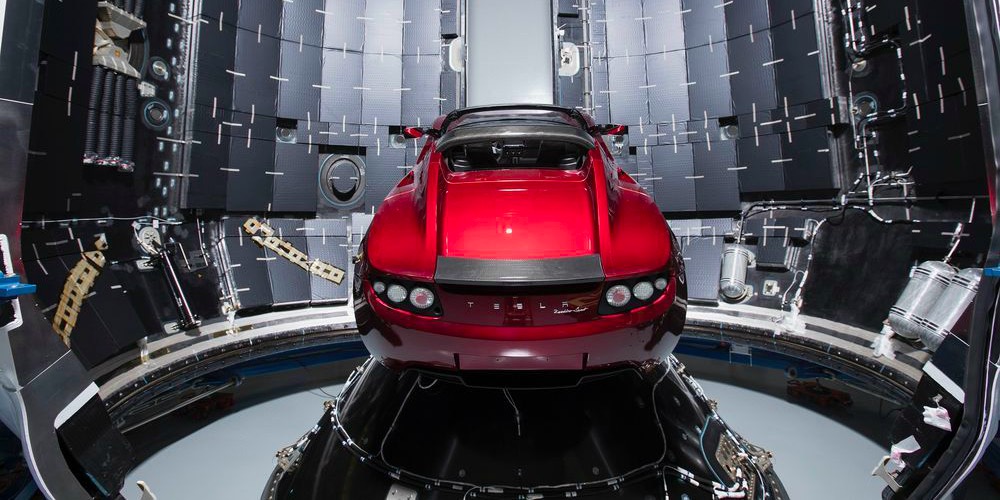
Robots And People With Prosthetic Limbs Can Feel Now!
What is the worst thing about losing an arm or a leg? Well, yes, considering super rapid science and technology development, getting a bionic prosthesis that repeats all general functions of human body is not a big deal. There are people who continue working out thanks to them. But being capable of walking and training again or hugging your friends and family is not all. Most of amputees dream they could hold hands of their girlfriends and wives and simply FEEL that. This is not only about actually holding hands, if you know what I mean. But much more than just that. A touch is important.

There are a lot of dangers around us to avoid only when sensing something is wrong. Living without being able to detect when something is dangerously hot, dropping or squeezing items because there is no chance you can regulate the pressure is awful.

For ages people with this type of disability dreamt of getting back this option. And finally scientists have found the solution for this issue – artificial skin. It is super stretchy, flexible and what is even more amazing – it is warm. When you touch a hand covered with it – there is no chance you can define it from the real one. The skin is made of a synthetic rubber, elastic, transparent silicone material called polydimethylsiloxane (PDMS) that has been designed, to have micron-scale pyramid like structures that make it especially sensitive to pressure. It resembles a sort of like mini internal mattress springs pulled together to provide electric impulses.
The pressure-sensitive rubber has been sprinkled with carbon nanotubes (microscopic cylinders of carbon that are highly conductive to electricity). Now, as soon as material gets touched, series of pulses are generated from the sensor. These impulses are sent to brain cells in a way that resembles entire work of human skin touch receptors. The only difference is – they are completely artificial.

“We were able to create [a system] very similar to biological mechanical receptors,” said Benjamin Tee, lead author of the paper and a scientist at the Agency for Science, Technology and Research in Singapore.
A hand prosthesis covered with this material provided feedback signal when stretched or squashed. It can also detect whether surfaces are hot or cold. The skin features tiny devices called capacitors. They allow the material to detect if the surface is wet.

This is too amazing to be true, but science and technology went too far together and pretty soon we will be hardly able to tell a prosthesis from real limb. Similar structure and color adjusted personally for every patient. This skin is also used for robotic manufacture. It actually took all robotechnologies to their highest level. And as scientists promise to make the artificial skin not only behave like human one, but also look identically to it, android robots with much wider range of options are about to emerge.

Are you ready for the new era where robots can not only talk and walk around, but also feel you?









